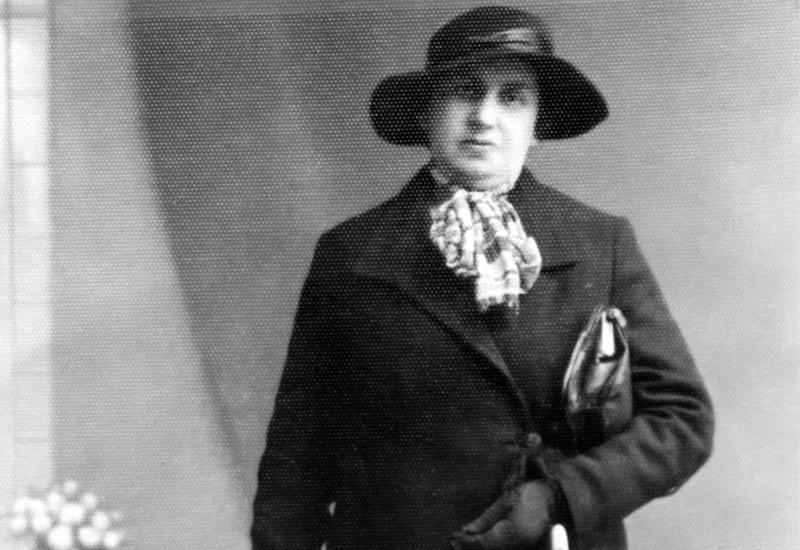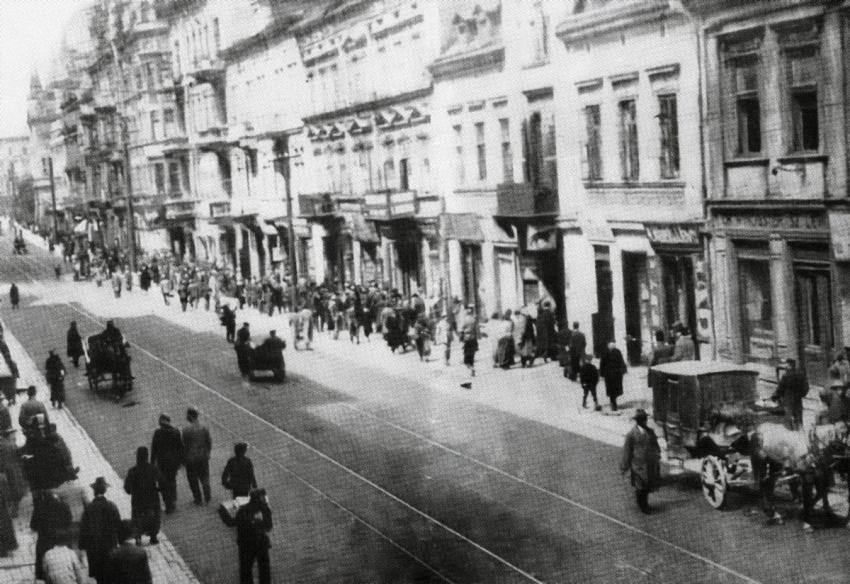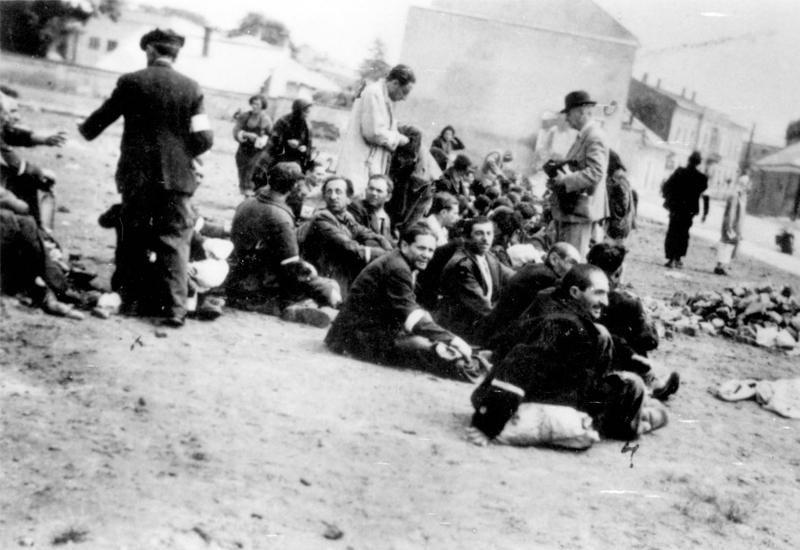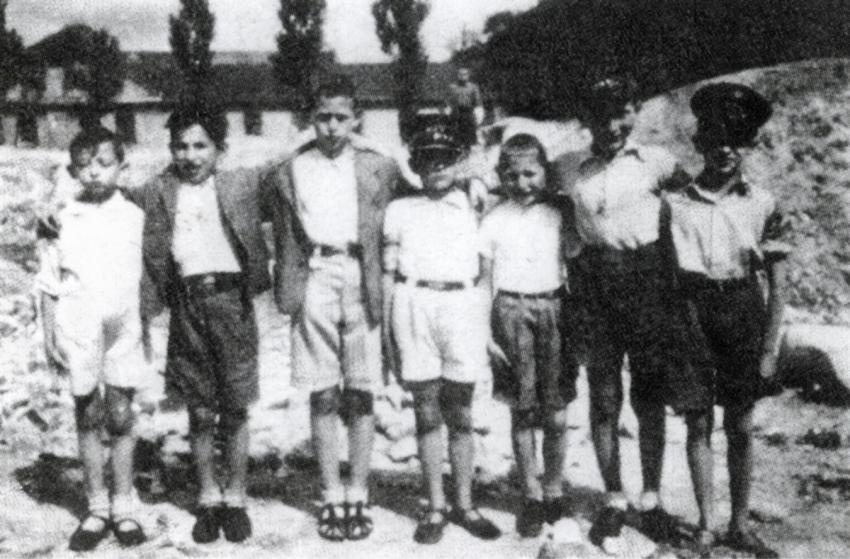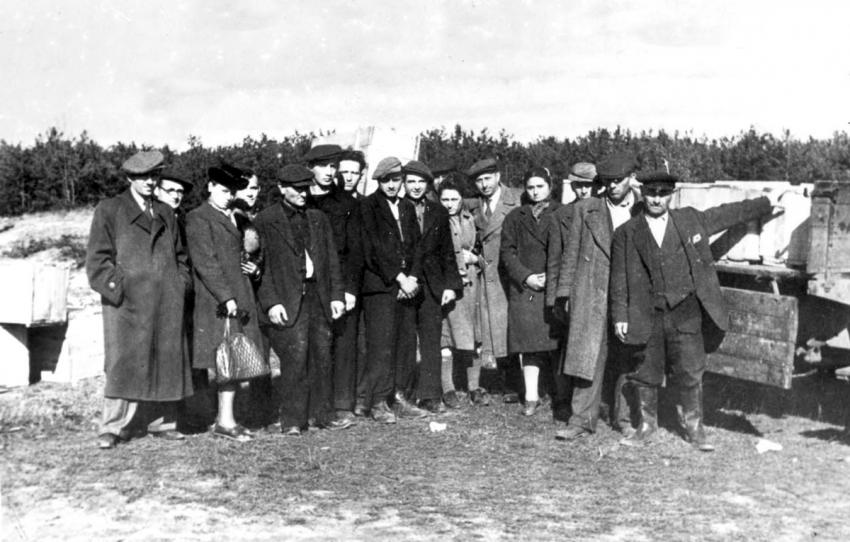In 1939, the Jewish population of Piotrków Trybunalski, the capital of the county of Piotrków in the province of Łódź, numbered some 10,000 Jews – approximately one fifth of the total population of the city. The Jewish community was characterized by dynamic political activity and a vibrant religious and cultural life.
In October 1939, almost a month after the German occupation, a ghetto was established in Piotrków Trybunalski; this was the first ghetto created by the Nazis in Poland. In October 1942 most of the Jews of the ghetto, among them many refugees from outside the city, were deported to Treblinka and murdered. Some two thousand Jews who worked in factories near the ghetto were withheld from this deportation, only to be murdered later on. A few hundred Jews were sent as forced laborers to Germany, where they were put to work in concentration camps and factories.
Piotrków was liberated by the Red Army in January 1945.
Today, the city has no Jewish community.




